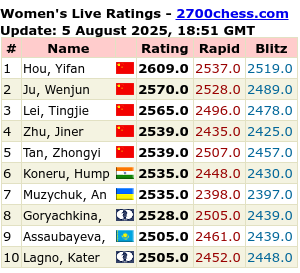I can say with complete honesty, that none of my OTB games ( since I joined club in 2018 ) have ended in checkmate.
Every single game that ended in a win, has been the result of a resignation.
Why then should we study "standard" checkmates ?
Simply put, because these are also patterns that are helpful to know, and the threat of them can produce a gain of material or other concession, which can improve a position or end a game.
I've taken the time to learn , or in some cases refresh my knowledge of, basic mates, such as Q+K, R+K, two Rooks, etc which has been both enjoyable and interesting, since in many cases, I've played them out against a friend.
I've also learned the theory behind some, and strived to mate in the shortest number of moves, rather than just mate. This could be thought of as irrelevant, since mate is mate, but as I learned from Chesstempo tactics, making the best move can sometimes be the difference between an easy win, and a win that you have to work hard for.
I've also begun to look at endgames in more detail, also by playing them out against a real opponent, making mistakes and talking through the exercises. This can really produce interesting results and is very educational, much more so than just studying by yourself.
Below is an example of what I now know is called a lawnmower mate.
Simple, but an enjoyable combination to aim for. If only I was actually allowed to play it in a real game !
 |
| White to play and mate |







